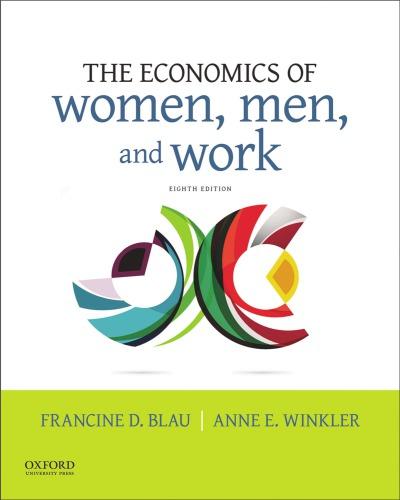This problem revisits Denises net present value calculation regarding the decision to invest in specialized training, which
Question:
This problem revisits Denise’s net present value calculation regarding the decision to invest in specialized training, which was discussed in the box entitled
“Calculating the Net Present Value of a Human Capital Investment.” (Consult with your instructor to find out if you are responsible for this material.) The calculation performed in the box (referred to subsequently as the “initial calculation”)
was based on a set of assumptions. Recalculate the net present value of Denise’s training investment for the following situations: [Hint: You can use a spreadsheet program like Excel to calculate net present value.]
a. The discount rate is .10 instead of .05. (All other parts of the initial calculation remain the same). What does this tell you about the effect of an increase in the discount rate on the training decision, all else equal?
b. Salary foregone during training is $30,000 instead of $20,000. (All other parts of the initial calculation remain the same.) What does this tell you about the effect of an increase in training costs on the training decision, all else equal?
c. Additional earnings from training are expected to be $5,000 per year instead of $6,000. (All other parts of the initial calculation remain the same.) What does this tell you about the effect of a reduction in annual benefits on the training decision, all else equal?
d. Expected work life after training falls from 10 to 5 years. (All other parts of the initial calculation remain the same.) What does this tell you about the effect of a shorter work life on the training decision, all else equal?
Step by Step Answer:

The Economics Of Women, Men, And Work
ISBN: 9780190670894
8th Edition
Authors: Francine Blau, Marianne Ferber, Anne Winkler






